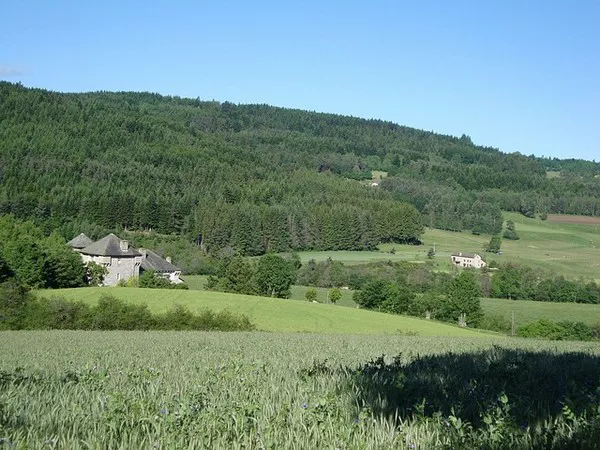Re-establishing plantings of trees, grasses, and other vegetation is critical for restoring degraded ecosystems, but a new survey of almost 2,600 restoration projects worldwide finds that most projects fail to recognize and control one of the new plants’ chief threats: herbivores that eat plants. The survey found that only 10% of projects took steps to control or temporarily exclude herbivores, despite the fact that in the early stages, these plants are vulnerable to grazing.
The study’s findings have far-reaching implications for efforts to restore vegetation at a time of climate change, as herbivores’ effects were particularly pronounced in regions with higher temperatures and lower precipitation.
To increase plant re-growth during restoration, installing barriers to keep herbivores at bay until plantings become established or introducing predators to keep herbivore populations in check can increase plant re-growth by 89% on average, according to the new survey. These gains are equal to or greater than those realized by excluding competing plant species.
Conventional restoration is slowing losses, but it is not expanding vegetation in many places, and climate change could make that even more difficult, says Brian Silliman, Rachel Carson Distinguished Professor of Marine Conservation Biology at Duke University’s Nicholas School of the Environment. “Using predators to keep herbivores in check at restored sites is a relatively untapped approach that could help us boost plant diversity and restore ecosystems that are vital to human and environmental health, in less time and at lower costs,” he said.


